The history of cat domestication is as rich and varied as the breeds we cherish today, with some cats boasting lineages that trace back centuries if not millennia. These breeds offer a glimpse into the past and tell the story of human civilization itself, highlighting how cats have moved alongside people, been revered, and selectively bred for both practical and aesthetic reasons. This article delves into seven cat breeds with fascinating historical origins, exploring how geography, culture, and human needs have shaped their development. From the temples of ancient civilizations to the courts of royalty, these breeds encapsulate the enduring bond between humans and felines, showcasing the diversity and adaptability of cats. Their stories are a testament to the cat’s role as companion, hunter, and symbol throughout history, reflecting the deep connection that has grown between humans and these enigmatic creatures.
1. Bengal
The Bengal cat, known for its striking, wild appearance reminiscent of a leopard, has a history that uniquely intersects with the world of conservation and ethical breeding practices. The breed originated from crossbreeding domestic cats with the Asian leopard cat (Prionailurus bengalensis) in the 1960s and 1970s, initially aimed at creating a cat with the wild look of a leopard but the temperament of a house cat. This effort was partly motivated by the desire to provide an alternative for those seeking exotic pets, thereby reducing the demand for real wild cats. Bengals are celebrated for their energetic, playful nature and stunning, spotted or marbled coats, which capture the beauty of their wild ancestors while maintaining the affability of domestic cats.
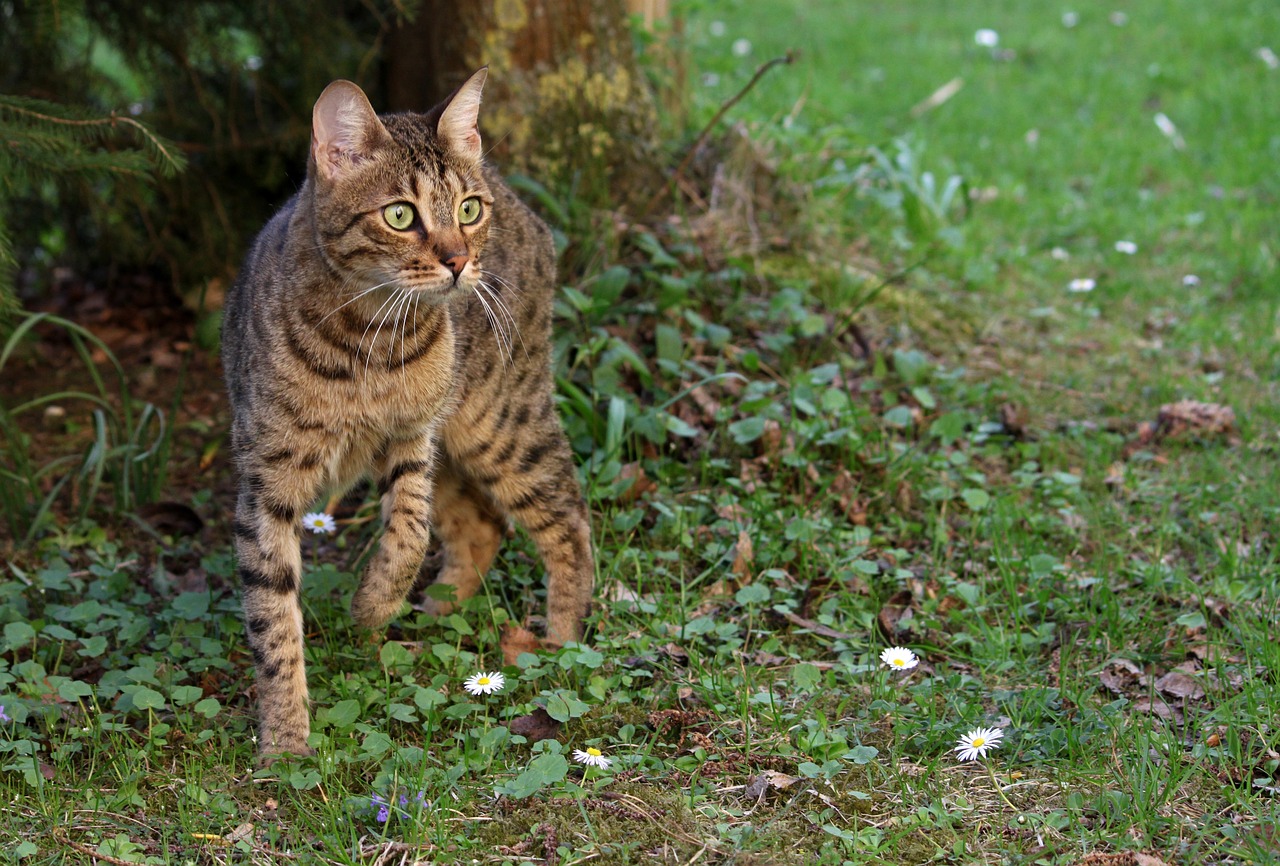
2. Siamese
The Siamese cat, with its striking blue almond-shaped eyes and elegant body, has a history that intertwines with the royalty and spiritual beliefs of ancient Siam (now Thailand). These cats are depicted in the Tamra Maew, or ‘The Cat Book Poems,’ which dates back to the 14th century and showcases their esteemed place in Thai culture. Siamese cats were believed to house the souls of deceased royals, ensuring their safe passage to the afterlife, and were often found in temples and royal households. The breed was introduced to the Western world in the late 19th century, where it quickly gained popularity for its distinctive appearance and vocal personality. The Siamese’s historical role as a companion to royalty and spiritual guardian, combined with its affectionate nature, continues to enchant cat lovers around the globe.
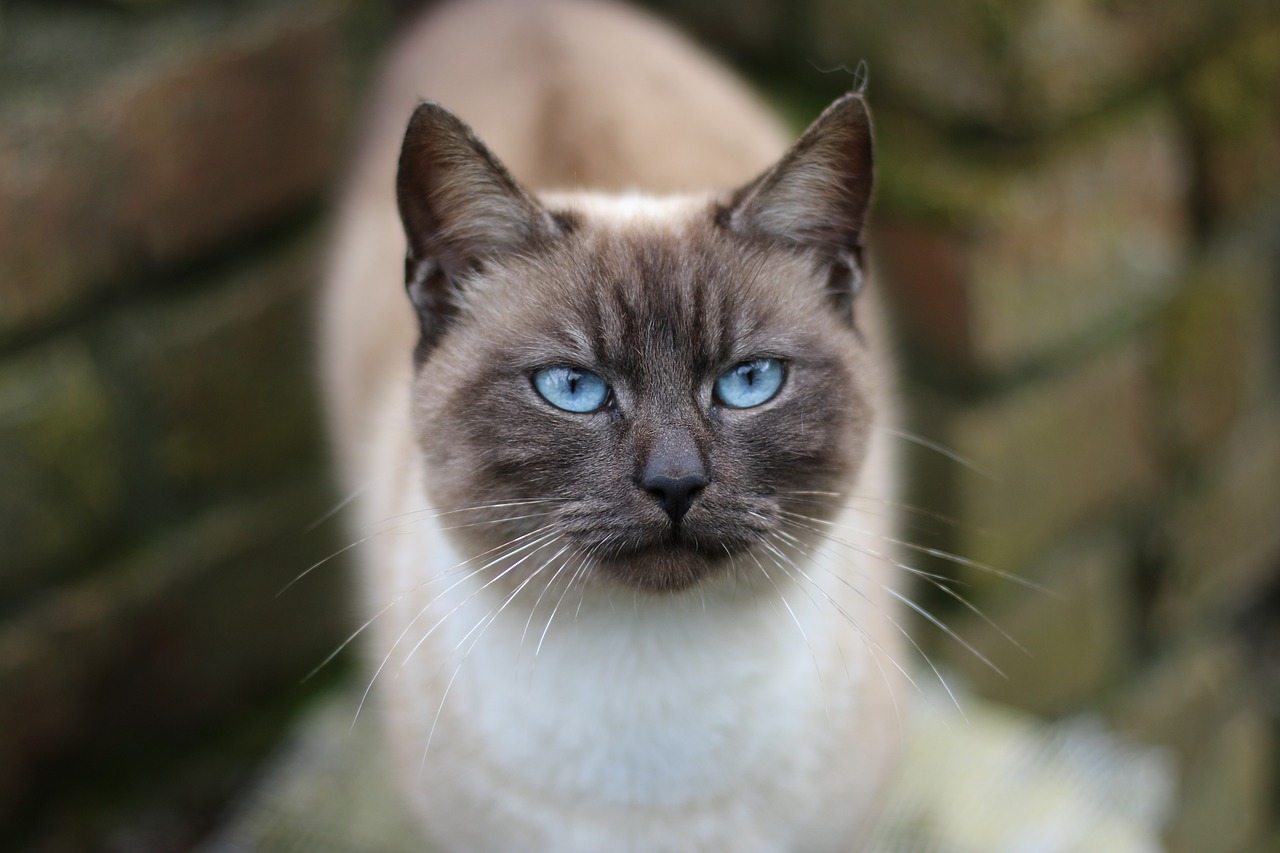
3. Persian
The Persian cat, with its luxurious long coat and serene demeanor, has origins shrouded in mystery and romance. Thought to have originated in Persia (modern-day Iran), these cats were transported to Italy in the 1600s by an Italian nobleman named Pietro della Valle. The breed’s lush coat and elegant appearance quickly made it a favorite among European aristocracy. Persians are known for their calm and gentle nature, making them ideal companions in the luxurious environments they often inhabited. Over the centuries, selective breeding has emphasized their distinctive features, such as their broad, flat faces and dense fur. The Persian’s journey from the Middle Eastern highlands to the laps of European nobles underscores its enduring appeal and the fascination with exotic pets among the upper classes.
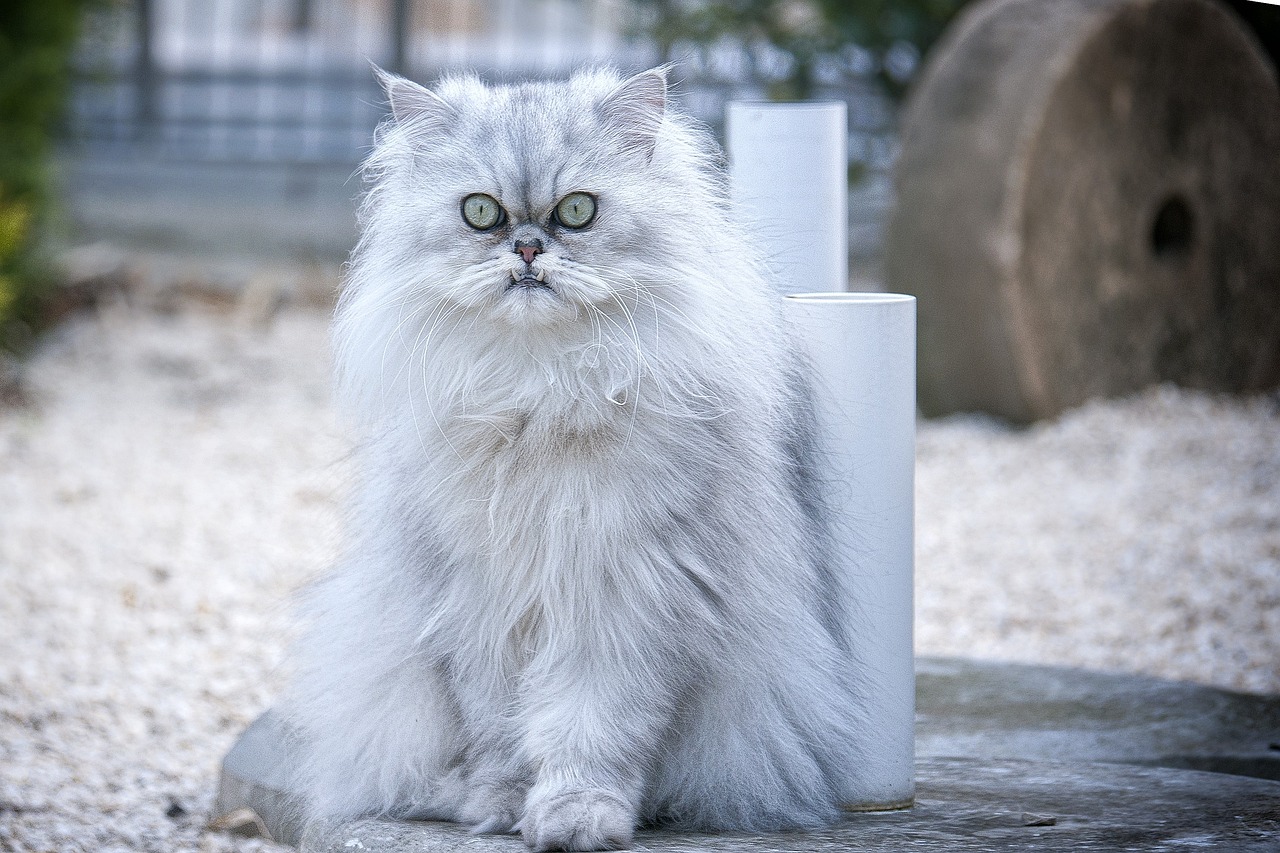
4. Maine Coon
The Maine Coon, one of the oldest natural breeds in North America, is steeped in folklore and mystery. Originating in the state of Maine, where it is the official state cat, the Maine Coon’s ancestry is speculated to involve ship cats brought over by early European settlers or Vikings. These robust cats adapted to the harsh New England winters, developing thick, water-resistant coats, tufted ears, and bushy tails. Their friendly, laid-back nature made them valued members of American farm families, adept at hunting rodents. The Maine Coon’s impressive size and friendly temperament have made it a beloved breed, embodying the pioneering spirit and ruggedness of the American Northeast.
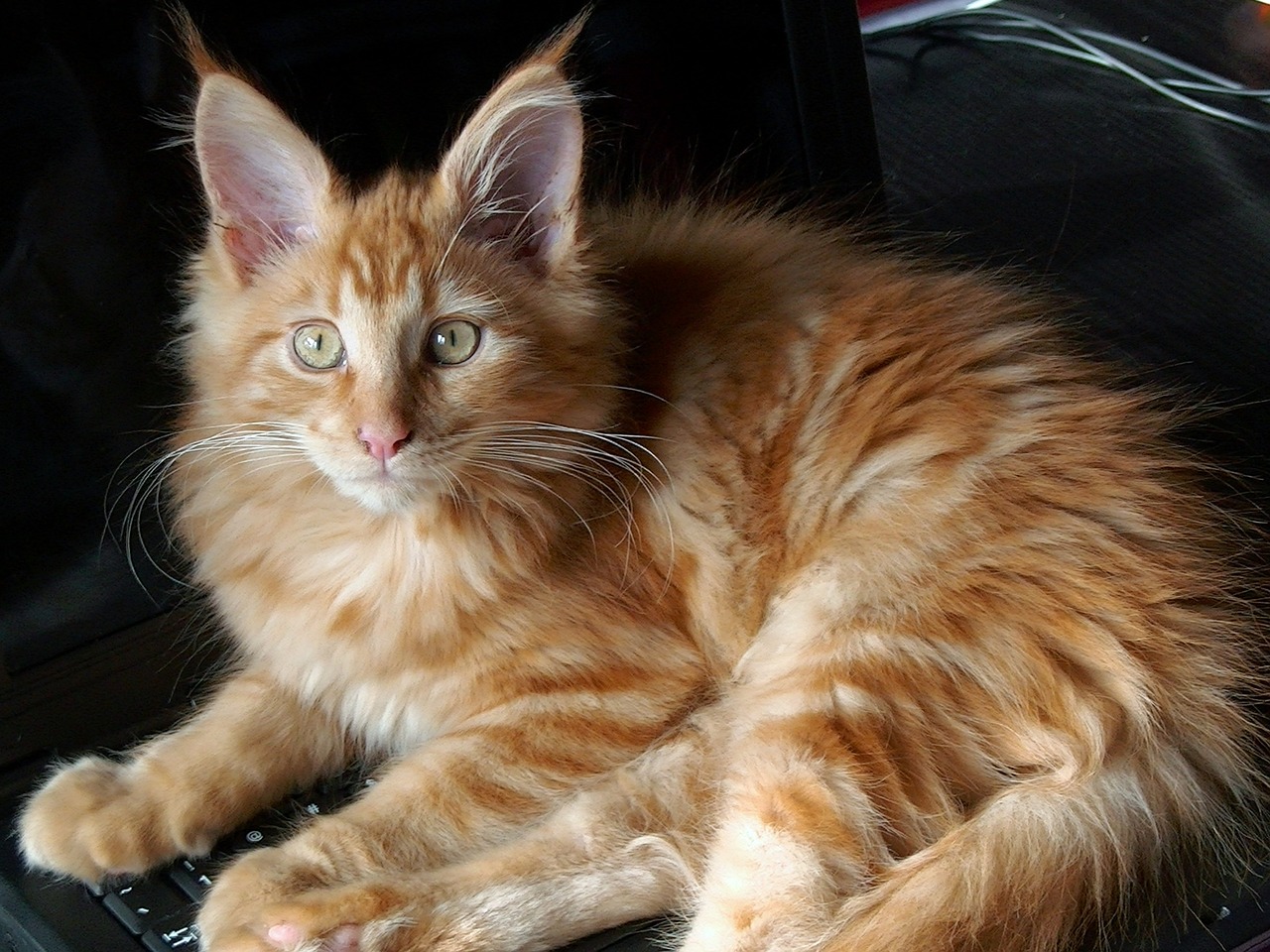
5. Russian Blue
The Russian Blue cat, with its striking green eyes and dense, silvery-blue coat, boasts a regal origin that links it to the Russian czars. Legend has it that these cats were favored by the Russian nobility for their elegant appearance and plush coats, which offered a stark contrast to the harsh Russian winters. The breed is also believed to have been a favorite of Queen Victoria of England, which contributed to its popularity among European aristocracies. The Russian Blue’s quiet, gentle disposition and loyalty to their owners make them cherished companions. Their historical ties to royalty and the nobility, combined with their distinctive looks and reserved nature, continue to captivate cat enthusiasts worldwide.
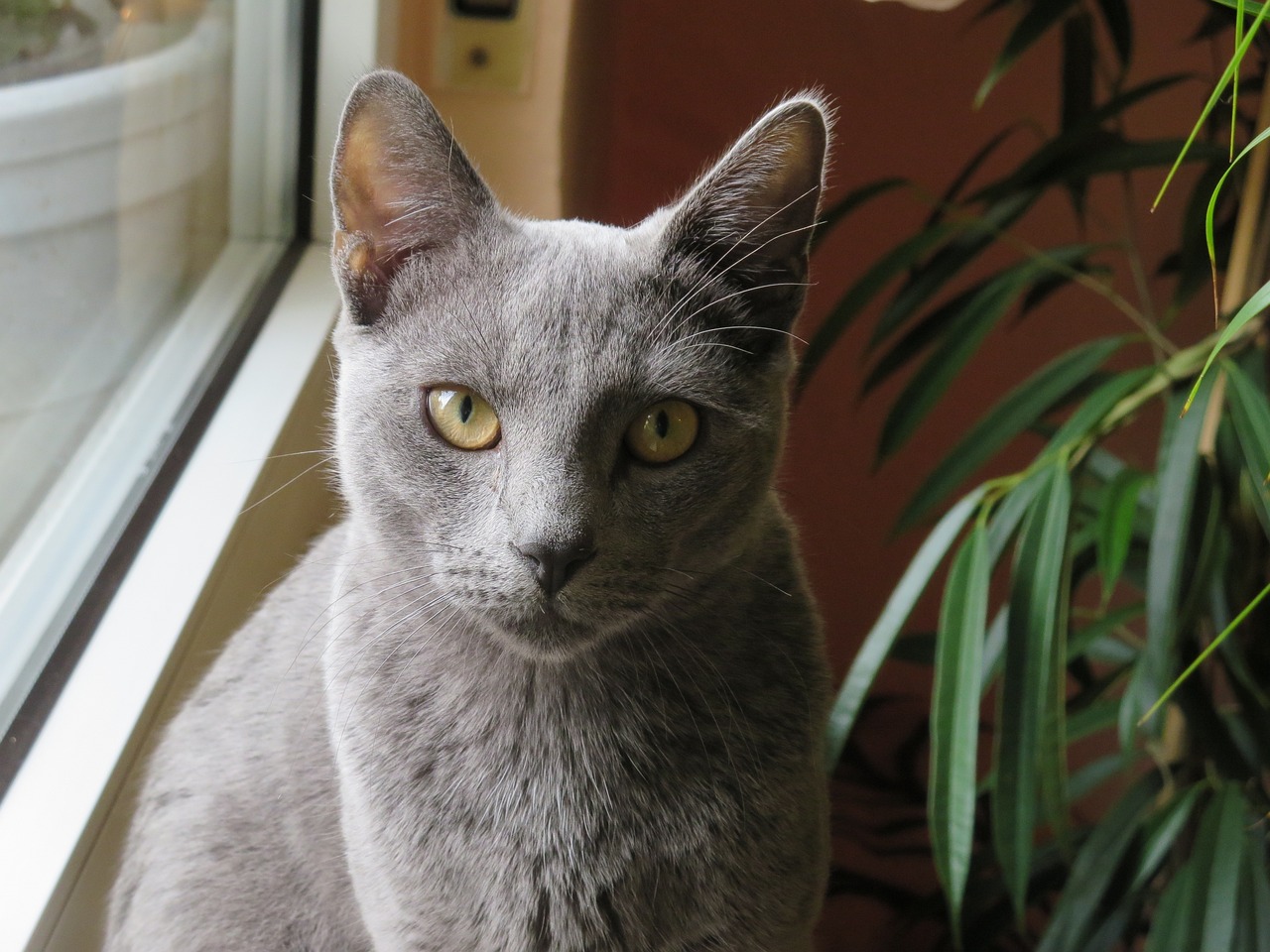
6. Turkish Angora
The Turkish Angora, originating from Ankara (historically Angora) in Turkey, is one of the oldest cat breeds, known for its silky white coat, elegant body, and playful yet graceful demeanor. These cats were highly valued in the Ottoman Empire for their beauty and were often gifted to European nobility, spreading their popularity across the continent. The breed’s long, fine coat was developed to protect it from the cold climates of the Anatolian mountains. Turkish Angoras are known for their intelligence, agility, and affectionate nature, often forming strong bonds with their human companions. The breed’s storied history, from the mountainous landscapes of Turkey to the courts of Europe, highlights its enduring charm and adaptability.
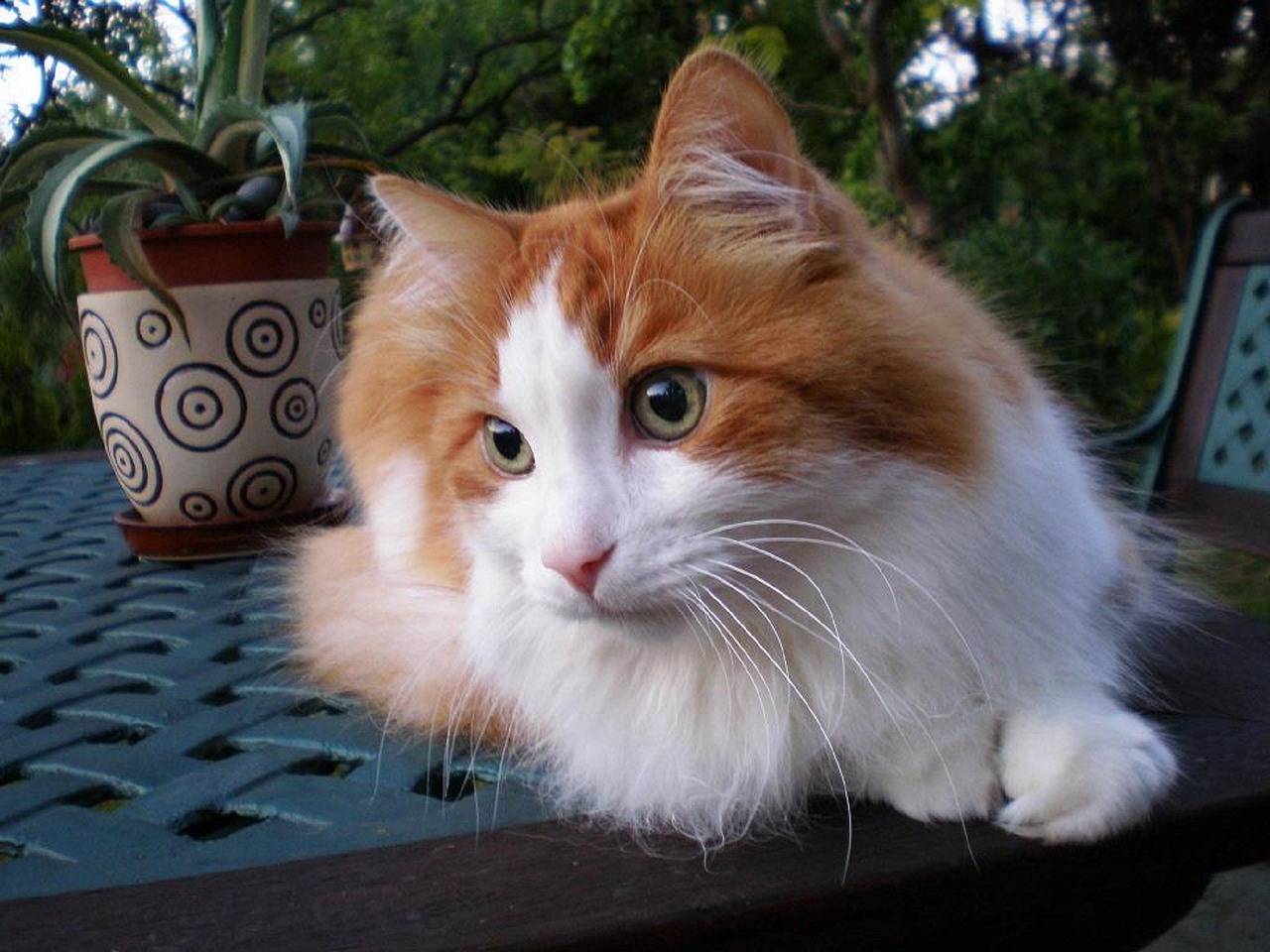
7. Chartreux
With its robust build, smiling expression, and woolly blue-gray coat, the Chartreux has a unique history that intertwines with French monastic life. It is believed that these cats lived alongside Carthusian monks in France, possibly employed as mousers or cherished for their quiet, contemplative nature, which mirrored the monks’ lifestyle. The breed’s name is thought to derive from the Spanish wool of the same name, reflecting its dense, plush coat. Chartreux cats are known for their loyalty, quiet voices, and skilled hunting abilities. Their historical association with monastic life and their role as companions and mousers in the monasteries add a fascinating layer to their background, emphasizing the deep bond between cats and humans across different cultures and periods.
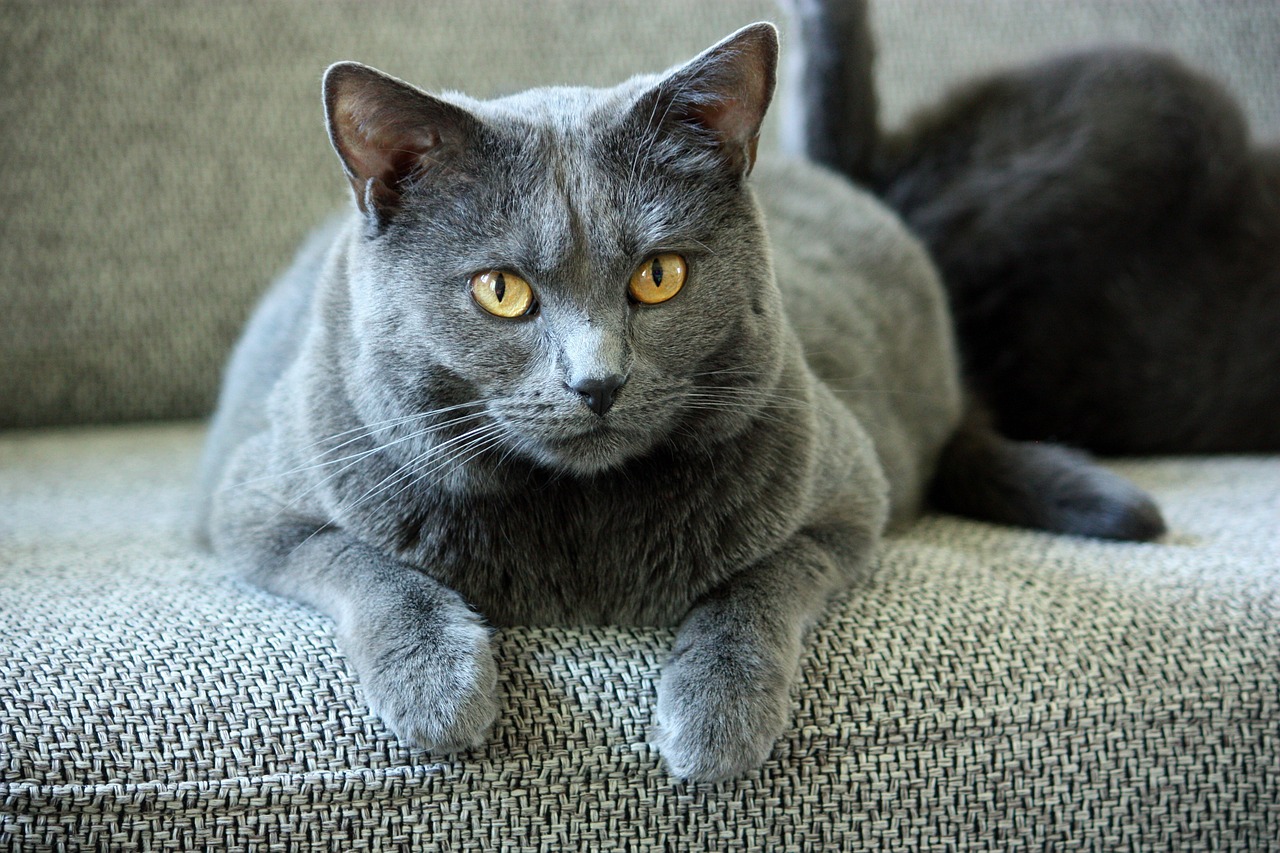
The historical origins of these seven cat breeds are as diverse and captivating as the breeds themselves, offering insights into human history, culture, and the evolving relationship between cats and people. From the ancient Egyptian reverence for the Mau to the royal associations of the Siamese and Persians, each breed’s story reflects its unique place in the tapestry of history. These breeds serve as companions and as living links to the past, embodying the traits and stories that different societies have valued over the centuries. Understanding the historical origins of these breeds enriches our appreciation for their present-day characteristics and the unique roles they continue to play in our lives.
